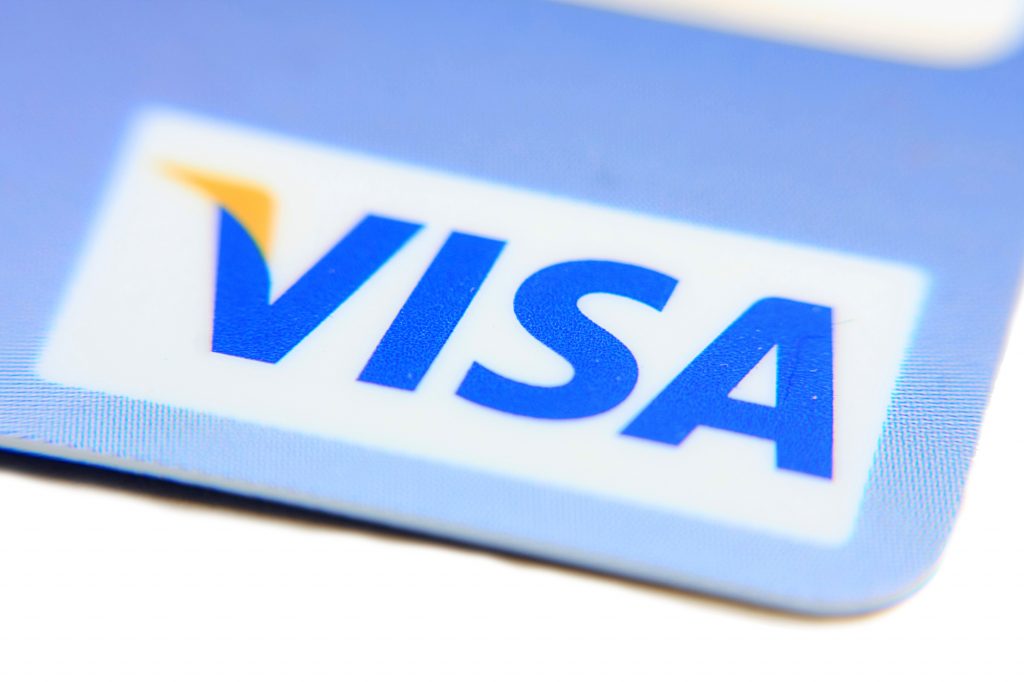Moody's Corp, one of the three largest rating agencies in the United States, is working on its own rating system for stablecoins. The process will rate up to 20 stablecoins based on the quality of their reserve certificates.
Given the growing popularity of stablecoins in the crypto sector, the 100-year-old rating agency Moody's has taken the initiative to develop a rating system for these digital tokens. Their rating is primarily related to centrally backed stablecoins and their reserve evidences. The project is still in its early stages and will not be an official credit rating, Bloomberg reports.
A tricky asset class
Stablecoins are digital tokens that replicate the value of a less volatile asset - usually the U.S. dollar - one-to-one. To do so, issuers typically hold an equivalent amount of the underlying asset in reserve. These reserves can be claimed by investors for their digital tokens. Thus, for a stablecoin to maintain a bond, the liquidity of the deposited assets is of the highest priority.
The reserve certificates of the largest stablecoins have become more prominent in recent years. In particular, the market leader Tether (USDT) has been surrounded by various controversies since its inception. The stablecoin issuer was fined $41 million by US authorities in 2021 for lying about its reserves a few years earlier. Since then, leading issuers have been publishing regular audits of their corporate holdings, with Tether being the exception that refuses to do so.
Moody's analyzes stablecoin reserves
These reserve statements are most often published monthly or quarterly and certified by external auditing firms. The assets deposited typically consist of short-dated U.S. government bonds to allow for the quickest possible redemptions. USD Coin (USDC), issued by SEC-supervised U.S. companies Coinbase and Circle, is considered a pioneer in terms of regulation and transparency.

Moody's analysis on the 20 selected stablecoins examines this reserve evidence for credibility. As an expert in bond rating, the CRA system is likely to be considered by traditional financial institutions in the future - even if the rating is not intended to be an official credit rating. These efforts should be instrumental in ensuring transparency and trust in the growing crypto sector. Finally, a comprehensive rating system can provide both regulators and investors with valuable information for navigating the complex world of digital currencies.








